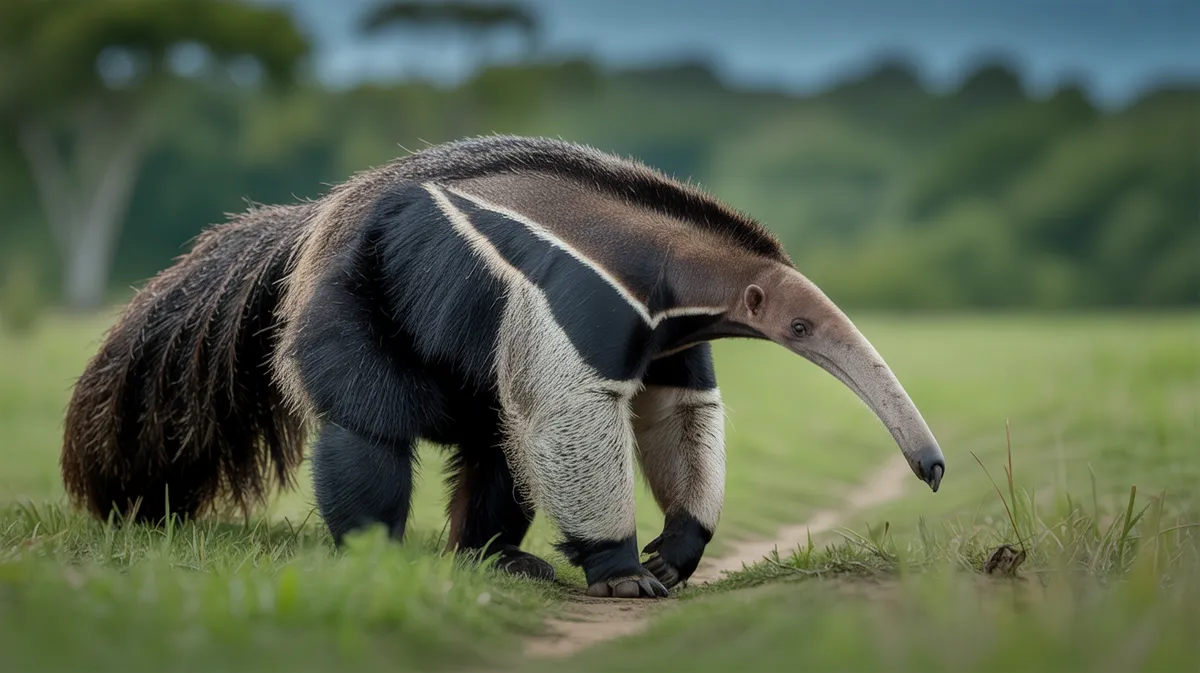
Giant Anteater
Myrmecophaga tridactyla
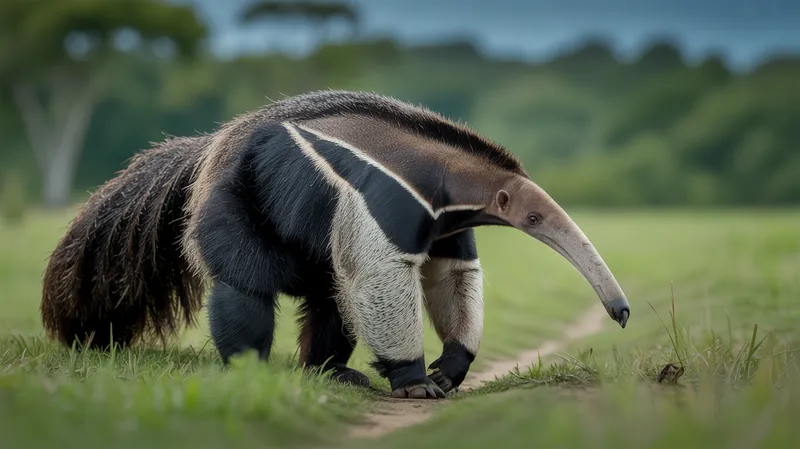
Meet the Giant Anteater
The giant anteater is a large, terrestrial mammal native to Central and South America, recognized for its elongated snout and distinctive bushy tail. It has a specialized tongue that can extend up to 60 cm (24 inches) to extract ants and termites from nests. Covered in long, coarse fur with bold black and white markings, the giant anteater walks on its knuckles to protect its sharp claws. This unique mammal can be found in a variety of habitats, including grasslands, savannas, and forests. Despite its specialized diet, it is an adaptable species but faces threats from habitat loss and road mortality.
Classification
Mammal
Habitat
Grasslands, savanna, and forests of Central and South America
Diet
Insectivore
Lifespan
14–16 years in the wild; up to 26 years in captivity
Conservation
Vulnerable
Weight
33–50 kg (73–110 lbs)
📖Fascinating Facts
Super Long Tongue
The giant anteater’s tongue can flick in and out up to 160 times per minute and extend over 60 cm (24 inches) to capture ants and termites.
Unique Walking Style
Giant anteaters walk on their knuckles to protect their long, curved claws, tucking them under their feet as they move.
Habitat Range
They inhabit a wide variety of environments, including grasslands, savannas, deciduous forests, and rainforests throughout Central and South America.
📋Detailed Description
The giant anteater (Myrmecophaga tridactyla) is the largest extant anteater species, reaching a total length of 182–217 cm (6–7.1 ft) including its bushy tail, and weighing between 27–50 kg (60–110 lbs), with males typically larger than females. Its most distinctive anatomical features include an elongated, tubular snout housing a long, sticky tongue that can protrude up to 60 cm (24 in), and powerful forelimbs equipped with large, curved claws adapted for breaking into termite mounds and ant nests. The fur is coarse and dense, with a striking pattern of black, white, and gray, including a diagonal black stripe bordered by white running from the chest to the mid-back. The head is small relative to body size, with tiny eyes and ears, and the tail is long and bushy, often used for camouflage and thermoregulation. The giant anteater lacks teeth entirely, relying on its specialized tongue and sticky saliva to capture prey. Its digestive system is highly adapted, with a muscular, gizzard-like stomach that grinds insects, aided by ingested sand and soil. Locomotion is unique: to protect its claws, the anteater walks on its knuckles, causing a distinctive shuffling gait. Primarily solitary and terrestrial, it is active both during the day and at night, depending on temperature and human disturbance, and occupies a wide range of habitats from grasslands and savannas to humid forests. The species has a low metabolic rate and body temperature (32.7°C, among the lowest for placental mammals), reflecting its specialized diet and energy conservation strategies.
💡 Did you know?
The giant anteater’s sense of smell is 40 times more sensitive than that of humans, helping it locate insect nests even underground.
🔬Research & Sources
Wikipedia Summary
The giant anteater is an insectivorous mammal native to Central and South America. It is the largest of the four living species of anteaters, which are classified with sloths in the order Pilosa. The only extant member of the genus Myrmecophaga, the giant anteater is mostly terrestrial, in contrast to other living anteaters and sloths, which are arboreal or semiarboreal. The species is 182 to 217 cm in length, with weights of 33 to 50 kg for males and 27 to 47 kg for females. It is recognizable by its elongated snout, bushy tail, long foreclaws, and distinctively colored fur.
Last Modified: 5/12/2025
🎭Behavior & Social Structure
Giant anteaters are solitary and territorial, with home ranges varying from 2.5 to over 25 km² depending on habitat quality and food availability. They are generally non-aggressive, except during mating or when defending themselves. Activity patterns are flexible: in undisturbed areas, they are mostly diurnal, but in regions with human presence or high temperatures, they become nocturnal or crepuscular. Foraging involves slow, deliberate movement as the anteater sniffs out ant or termite colonies; upon locating a nest, it uses its powerful claws to tear open the structure, then rapidly flicks its tongue in and out up to 150 times per minute to consume thousands of insects in a few minutes before moving on to avoid bites and stings. Each feeding bout is brief, and an individual may visit hundreds of nests daily, minimizing destruction to any single colony. Social interactions are rare outside of mother-offspring pairs or brief mating encounters. Communication is limited, primarily through scent marking and occasional vocalizations such as snorts or hisses when threatened. Resting occurs in dense vegetation or tall grass, often with the tail draped over the body for concealment and insulation.
👶Reproduction & Life Cycle
Giant anteaters are polygynous, with males competing for access to receptive females. Breeding can occur year-round in tropical regions, but peaks may align with rainy seasons when food is abundant. Courtship is brief, involving scent investigation and following by the male. After mating, gestation lasts approximately 190 days (about 6.5 months). Females give birth to a single offspring, which is born fully furred and weighs around 1.4–1.8 kg (3–4 lbs). The young anteater rides on the mother's back for up to 6–9 months, camouflaged by its matching fur pattern. Weaning occurs at 6 months, but juveniles may remain with the mother for up to 2 years. Parental care is exclusively maternal; males do not participate in rearing. Sexual maturity is reached at 2.5–4 years. Reproductive rates are low, with females typically producing one offspring every 1–2 years.
🛡️Adaptations & Survival
The giant anteater exhibits several remarkable adaptations for myrmecophagy (ant and termite eating): its elongated snout and jaw house a protrusible tongue covered in backward-facing papillae and sticky saliva, enabling efficient insect capture. The absence of teeth is compensated by a muscular stomach that grinds prey with the aid of ingested grit. Its forelimbs are robust and equipped with enlarged, curved claws used for both defense and excavating insect nests; these claws are so formidable that anteaters can fend off large predators, including jaguars, if cornered. The knuckle-walking gait protects the claws from wear. The dense, patterned fur provides camouflage and shields against insect bites. A low metabolic rate and body temperature reduce energy requirements, an adaptation to a low-calorie diet. The large, bushy tail serves as both a blanket and a sunshade, aiding thermoregulation and concealment.
📚Research Sources
🎨Cultural Significance
The giant anteater holds a place in the folklore and mythology of several South American indigenous cultures, often symbolizing patience, strength, or eccentricity due to its unusual appearance and behavior. In some Amazonian traditions, it is considered a spirit animal or a creature with mystical powers. The anteater has also appeared in modern popular culture as a symbol of biodiversity and conservation, especially in Brazil, where it is an emblematic species for the Cerrado biome. There is limited evidence of traditional use for meat or body parts, but such practices are rare and mostly historical.
🔬Recent Research & Discoveries
Recent research has focused on the giant anteater's ecological role as a regulator of insect populations and its sensitivity to habitat fragmentation. GPS telemetry studies have revealed extensive home ranges and the importance of habitat corridors for movement. Genetic studies indicate low genetic diversity in some populations, raising concerns about long-term viability. Ongoing research includes the impact of road networks on mortality, the effectiveness of wildlife crossings, and the species' response to climate change. Conservation programs in Brazil and Argentina are testing habitat restoration and road mitigation strategies. Notable studies have also examined the anteater's unique thermoregulation and metabolic adaptations, providing insights into mammalian evolution.
🎥Wildlife Videos
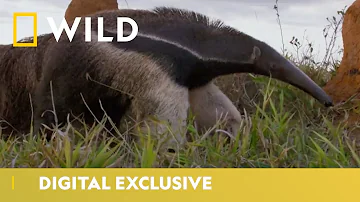
Giant Anteater vs Termites | South America's Weirdest Animals | National Geographic Wild UK
Giant anteaters have very poor eye site but their noses are so sensitive, they can distinguish which species of termite lie within a ...
National Geographic UK
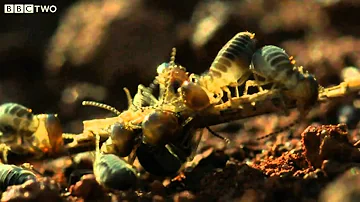
The Giant Anteater and the Termites - Secrets of our Living Planet - Episode 2 - BBC
#bbc.
BBC

Nat Geo Wild HD Wild Untamed Brazil Feast Of The Giant Anteater HD Nature Documentary
Accounting for around 10 per cent of the worlds dry land, Siberia is famous as a brutally cold place. Yet it is home to a diverse ...
Stanley Kidd
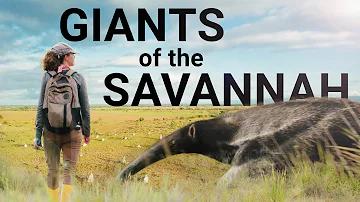
Giants of the Savannah
In “Giants of the Savannah,” A WILD Connection host James Currie joins researcher Erin Earl, conservationist Leroy Ignacio and ...
A WILD Connection

Giant Anteater Face Off The Jaguar
Note : This content is mixed between fact and fiction. Our team strives to provide original content where we work on all elements ...
BUZZBIBLE VIDÉO

Jaguar and Giant Anteater Standoff Ends With a Twist | Nat Geo Wild
#NatGeoWILD #Jaguars #Anteaters About National Geographic Wild: National Geographic Wild is a place for all things animals ...
Nat Geo Animals
🌍Habitat Information
The Giant Anteater typically inhabits Grasslands, savanna, and forests of Central and South America environments. Giant Anteaters have adapted to their environments with specialized features and behaviors.
Primary Habitat:
Grasslands, savanna, and forests of Central and South America
More detailed habitat information will be available soon.
🛡️Conservation Status
The Giant Anteater is currently classified as Vulnerable. Conservation efforts are crucial for preserving this species for future generations.
Common Threats:
- 🏠Habitat loss and fragmentation
- 🌡️Climate change impacts
- 🎯Hunting and poaching
- 🏭Human-wildlife conflict
⚠️Threats & Conservation Challenges
The giant anteater is classified as Vulnerable (VU) by the IUCN due to a declining population trend. Major threats include habitat loss and fragmentation from agricultural expansion, cattle ranching, and urbanization. Road mortality is a significant cause of death, especially in Brazil, where highways intersect key habitats. Fires, both natural and human-induced, pose additional risks by destroying cover and food sources. Hunting for bushmeat and traditional medicine, though less common, still occurs in some regions. The species' low reproductive rate exacerbates its vulnerability to population declines. Conservation challenges include the need for large, connected habitats and effective road mitigation measures. Some populations are locally extinct or severely reduced, particularly in Central America.
🔬Scientific Classification
Scientific Name
Myrmecophaga tridactyla
Classification Hierarchy
🔍 About Taxonomic Classification
Taxonomic classification is a hierarchical system used by scientists to classify and organize living organisms based on shared characteristics and evolutionary relationships.
The system moves from broad categories (Kingdom) to increasingly specific ones, with each animal's scientific name typically consisting of its Genus and species.
📝Community Notes
Share your observations and insights about the Giant Anteater with our community of wildlife enthusiasts.
Join Our Community
Sign in to share your observations and connect with fellow wildlife enthusiasts.
Sign In to ContributeNo community notes yet
Be the first to share your observations about the Giant Anteater!
Explore Giant Anteater
Select a tab above to learn more about this amazing animal.
📸Photo Gallery
No photos available for this animal yet.
🌟Discover More Wildlife
Continue your journey of discovery with more fascinating animals from our database
